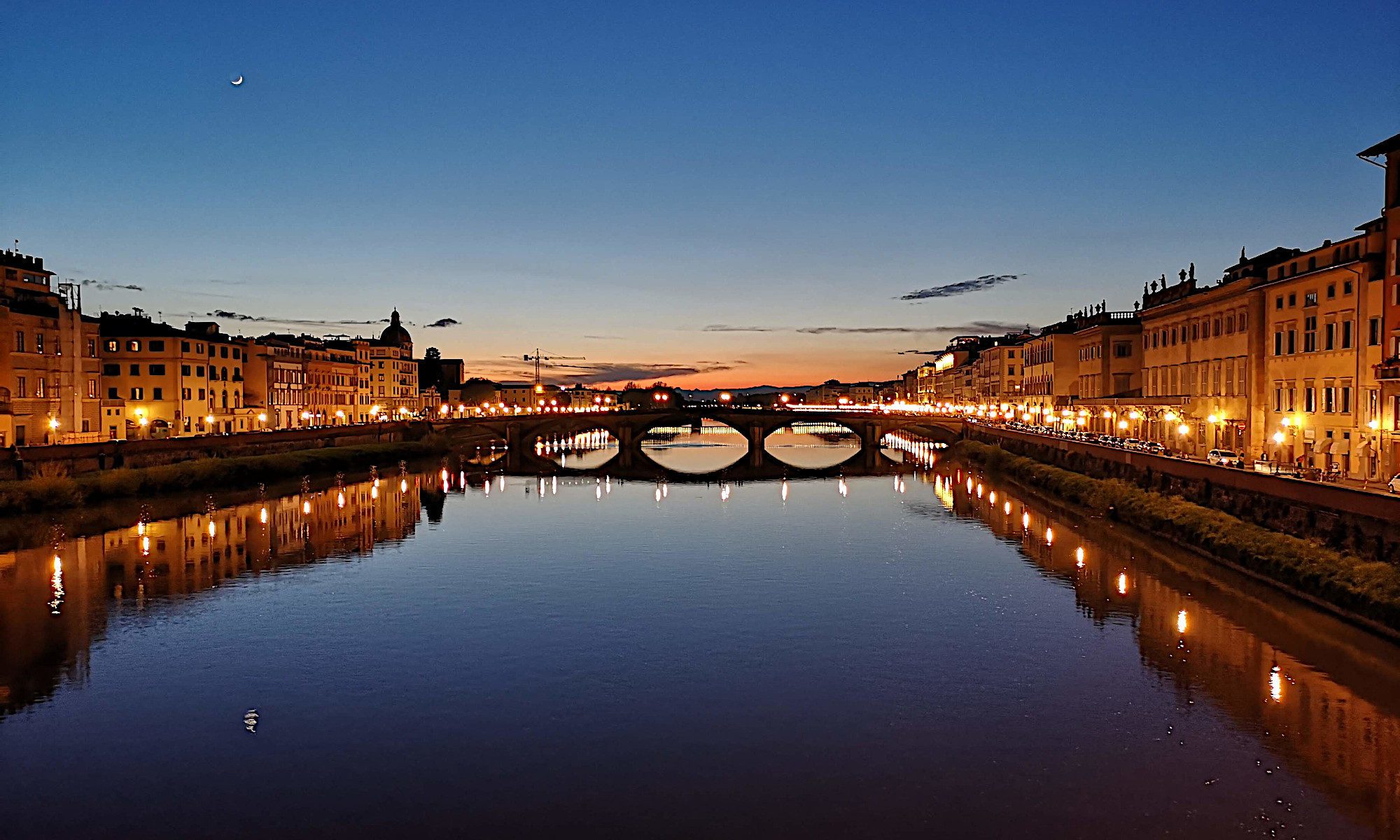
From Rosemary Giles for War History Online: “Nakano Takeko was born into a well-respected samurai family in April 1847. From an early age – sources indicate she began as early as six years old – she was exposed to the ways of combat and weaponry. Her teacher, Akaoka Daisuke, also taught her the literary arts and calligraphy and she was taught to wield the naginata, a Japanese pole weapon with a curved blade. The Boshin War marked the end of the Tokugawa shogunate and the restoration of imperial rule in Japan. Even though she was immensely qualified, Nakano Takeko wasn’t supposed to fight, given she was a woman. This didn’t stop her. At only 21 years old, she put together an ad hoc group of female warriors (Onna-musha) called the Jōshitai. Alongside her 40-year-old mother and 16-year-old sister, several other women joined.”
Michelangelo and the invention of the Star Fort

From Sheehan Quirke, also known as The Cultural Tutor: “An unusual little village in the Netherlands’ called Bourtange is built in and around a star fort. This was a type of military fortification which first appeared in Italy in the 15th century as a response to the rise of cannons in warfare. They were, in essence, replacements for the old Medieval castles with their huge towers and ramparts. The star fort was designed with low, angled walls to deflect cannon balls and built from brick rather than stone, which shattered upon impact with cannon balls. Its unsual overall plan ensured that enemies would always be in the line of fire, even when right up against the walls. None other than Michelangelo who played a major role in the early development of the star fort, when he was employed to design defences for the city of Florence. They soon spread all around Europe and, despite being a necessary reaction to the changing technologies and realities of war, even started to shape some ideas about city and urban planning.”
Note: This is a version of my personal newsletter, which I send out via Ghost, the open-source publishing platform. You can see other issues and sign up here.
The woman who found herself

From Dan Lewis at Now I Know: “In 2005, a woman named Nejdra Nance was about to welcome a daughter into the world. And for the first time in her life, Nance, then either 17 or 18, really needed health insurance. So she asked her her mother, Annugetta Pettway, for help. Nance needed a copy of her birth certificate and Pettway, being her mom, had to have had a copy — parents typically do. But Pettway, without offering an explanation, refused. But, eventually, Nance found exactly what she was looking for: Her actual history. Pettway — who may have picked up on Nance’s skepticism — finally handed over a birth certificate. But when Nance tried to use the certificate to obtain health insurance, she was informed that the document was fake. Pettway claimed that Nance was the daughter of a single mom with a drug addiction who had abandoned her just after birth. Nance wasn’t convinced. And a few years later, at age 23, she discovered that her suspicion was correct.”
Britain’s fish and chip shops could be an endangered species

From Tom Lamont at The Guardian: “War in Ukraine coupled with ongoing complications from Brexit had driven up prices of almost all the goods that fish and chip shops depended on, from live ingredients to oil and salt to packaging. More distressing was the problem of rising energy costs. This meal is prepared using a great guzzler of a range cooker that must be kept on and roiling at all hours of a trading day. As the price of gas and electricity threatened to double, then triple, through 2022, friers were opening their energy bills with gritted teeth. By July, local friers were finding it harder and harder to balance their books, and a trade association called the National Federation of Fish Friers said that as many as a third of the UK’s 10,500 shops might go dark, a potential “extinction event”.
Lost for centuries, Emperor Nero’s theater is unearthed in Rome

From Barbie Latza Nadeau for CNN: “Ruins of a private theater belonging to the 1st century Roman Emperor Nero have been unearthed in the Italian capital just meters from the Vatican, in what experts are calling an “exceptional” find. The discovery, revealed by Rome’s special superintendent Daniela Porro on Thursday, unveils the venue where Nero rehearsed poetry and music, and lies near to where St. Peter’s Basilica now stands. Until now, the existence of the ancient theater had perplexed many historians because it was mentioned in Roman texts written by Pliny the Elder but its whereabouts had not previously been documented. Nero was the fifth Roman emperor, ruling between 54 and 68 AD. An unpopular leader, he became famous for his debaucheries.”
Scandinavian heavy metal: Why Earth’s happiest place makes the darkest music

From Tom Brinkhof for Big Think: “Scandinavian countries consistently rank as the happiest in the world, and for good reason. Their societies are trustful and homogenous, with high GDPs per capita, long life expectancies, and reliable infrastructure. Even their prisons, which emphasize rehabilitation over punishment and allow inmates to cook their own meals and grow their own gardens, seem relatively pleasant. But there is another, lesser-known statistic concerning Nordic countries, one that initially appears to contradict the first: their fondness of heavy metal music. A 2016 survey by the Czech linguist and mathematician Jakub Marian found that, while the United States only had around 72 metal bands for every million citizens, Sweden had more than 428.”
The unlikely creature known as the Tripod Fish
From Science Girl on Twitter


Likes
Reposts